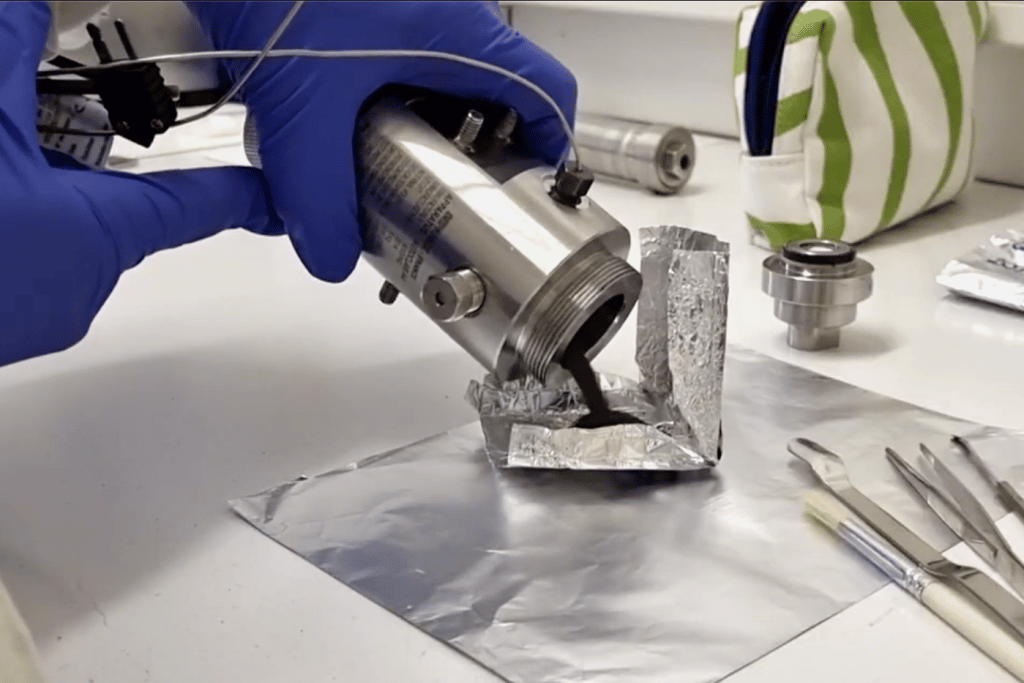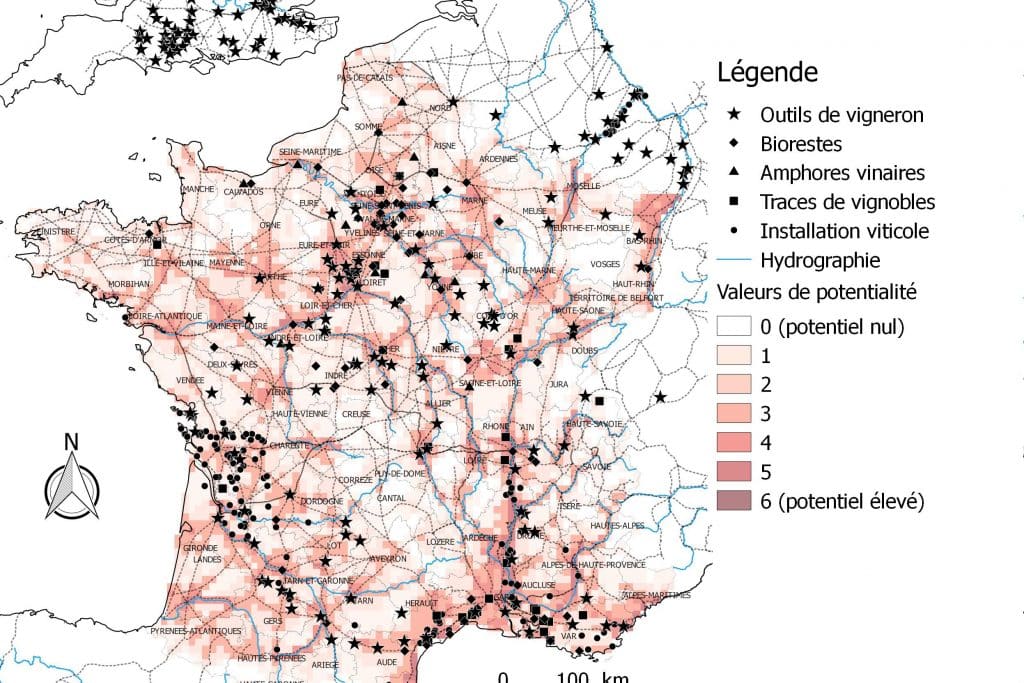Climate-Human-Environment Interactions
The aim of this theme is to understand theimpact that past climates may have had on societiesand vice versa.the more recent impact of human activity on the environment.
As a result, the ANR NEHOSfunded in 2022 and supported by Thibaut Devièseis designed to precisely date the transition between Neanderthals and Homo sapiens in Europe and to assess the temporal and causal relationships between paleoenvironmental changes and the first human populationss. We are also studying the potential anthropogenic signature on forest and savannah dynamics in tropical Africa as part of theANR PAST-17by combining the analysis of sedimentary coalsassemblies of phytoliths and pollenand 17O-excess phytoliths. The the first agropastoral communities in France and the Mediterranean and in particular the place of women are at the heart of the project ANR WomenSOFar (2022-2026; supported at CEREGE by Guillaume Leduc). The aim of this project is to understand how women eat, get around, look after the young and take part in the activities necessary for the survival of these communities.
Our work on the scale of archaeological time benefits from our developments in radiocarbon dating with the spectrometer AixMICADAS which makes it possible to precisely date archaeological wood using a wiggle-matching technique combining 14C with dendrochronology (ARKAIA Chrono-Ignis project, funded in 2022 and led at CEREGE by Edouard Bard). Since 2016, as part of a collaborative project between professorships at the Collège de France, we have been developing a robust and accurate method for datation on collagen micro-samplesapplied to human remains from sites Paleolithic samples. For highly contaminated samples, we are developing an even more effective method of dating hydroxyproline which is one of the main amino acids in collagen. We are also developing new green" analytical methodologies (platform LGO2i) because they considerably reduce the consumption of organic solvents, which are toxic and polluting (project EcoSCience supported by Thibaut Devièse).
On more recent time scales, we are studying the The presence and impact of microplastics in the Bay of Marseille and environments in south-east France. This approach draws on expertise and methods applied in oceanography and micropalaeontology and is supported by Laurence Vidal in partnership with the Institut Carnot Eau & Environnement (PLASMA Project, 2022-2025). On the same regional site, the impact of recent changes linked to the anthropogenic changes in biomineral plankton (mainly coccolithophores and diatoms) is analysed by the machine-learning methods developed in the team, on particle traps in collaboration with the OSU Pythéas laboratories (A*Midex project) and the OSU Pythéas laboratories (A*Midex project). RapMed2020-2023, coordinated by Thibault de Garidel). Longer-term trends in response of calcareous plankton on a global scale are analysed by a summary of historical trends biodiversity of planktonic foraminifera (FORCIS project 2020-2024, involving FRB and MPI Mainz), which will soon be extended to pteropods. We are also studying atmospheric fine particless produced naturally or by human activities, particularly the flow of pyrogenic compounds to the Mediterranean (project ANR FIRETRAC 2021-2025 supported at CEREGE by Edouard Bard). The origins of these particles can be determined using the 14C measurement of micro-samples to quantify carbon pollution of various origins in terms of fossil carbon.

Projects
- 2023-2026 : ANR NéHos
From Neanderthal to Homo sapiens - Understanding cultural (r)evolution in Palaeolithic Europe - 2023-2027 : ANR PAST-17
Quantitative reconstruction of past hydroclimates: the triple oxygen isotopic composition (17O-excess) of biogenic silica in perspective - 2022-2026 : ANR WomenSoFar
Life trajectories and status of women in the early apos-agriculture. Bioarchaeological perspectives in the French and Mediterranean prehistoric context - 2021-2025 : ANR FIRETRAC
Impact and Fate of biomass burning and wildfiRe-producEd atmospheric particles in the MediterRanean wAters using Carbon stable isotopes, radiocarbon dating, and modeling - 2021-2025 : PLASMA
Temporal and spatial dynamics of microplastics in the bay of Marseille: experimental approach and link with modelling - 2021-2023: EcoSCience, The objective of the ecoSCience project is to develop new analytical methods for a greener environmental science
- 2017-2021: ANR CARBOTRYDH, High resolution study of radiocarbon in Tree-Ring sequences from the Younger Dryas event and early Holocene in the southern French Alps


